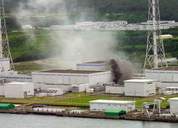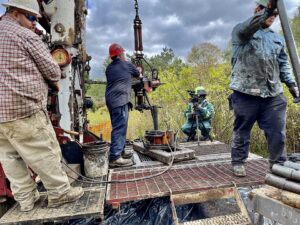The powerful earthquake that ripped through Japan yesterday should send a powerful signal to Americans that nuclear power is not a solution to our energy woes.

About 100 drums containing low-level nuclear waste were also toppled at the plant during the quake, which measured between 6.6 and 6.8 on the Richter scale.
Japanese officials, who have been notoriously secret about the impact that past nuclear incidents may have had on people or the local ecology, have not yet revealed the full extent of the damage this incident may have had. But it should be enough to remind Americans that, rather than look to nuclear power as a fuel source, we should focus on developing benign energy sources.
According to the non-profit Nuclear Energy Information Service, nuclear power contributes only 20-22% of electricity in the U.S., and only 8-10% of the total energy we consume. Each nuclear power plant costs between $3 to $5 billion just to construct. The U.S. would need over 400 additional nuclear reactors to replace its coal plants, in a construction process that would cost at least $2 trillion and take decades to complete. Meanwhile, compared to nuclear power, for every dollar spent on conservation and efficiency, seven times the amount of global warming carbon dioxide is removed from the atmosphere.
As debate continues to swirl around how America should meet its energy needs, we can point to Japan’s nuclear industry as a vivid reminder of why we should not expand our own. Better yet, as consumers, let’s do everything possible to increase the efficiency with which we use energy at home and at work, and buy “green” power from wind and solar sources as it becomes available in our communities.















